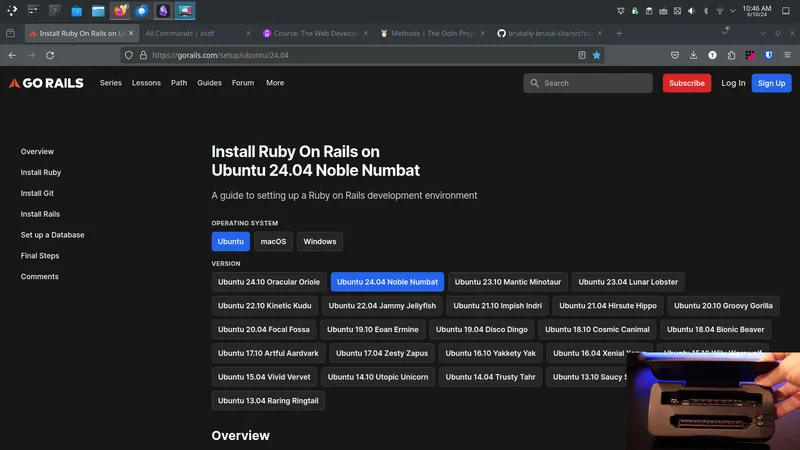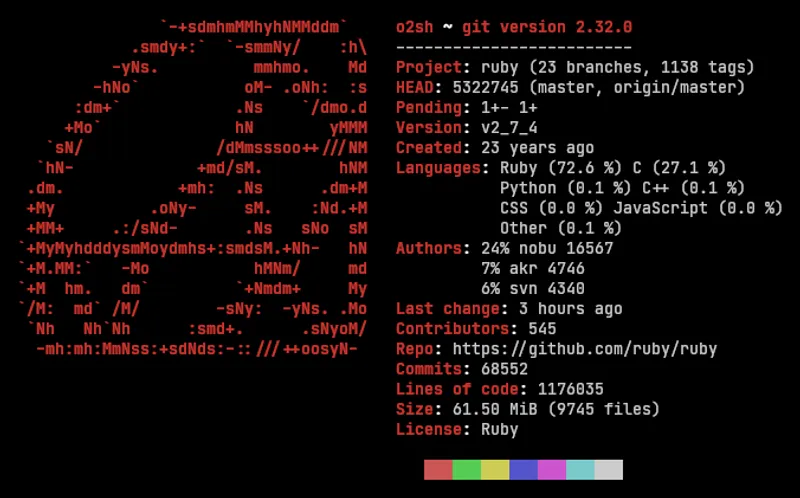Published on 09/29/2024 12:31 by Teodoro Garcia
Understanding Static and Non-Static Methods and Variables in Java
Java, an object-oriented programming language, employs various fundamental constructs to facilitate code organization and functionality. Among these constructs, static and non-static (instance) methods and variables stand out as pivotal in defining the behavior of classes and objects. This discussion delves into their essential distinctions, use cases, implications in object-oriented programming, and analysis of their advantages and limitations.
Definitions and Basic Distinctions
Static Methods and Variables:
In Java, static methods and variables belong to the class itself rather than any specific instance of the class. This means they can be accessed without creating an instance of the class. They are defined using the static keyword. For example:
class Utility {
static int count = 0;
static void incrementCount() {
count++;
}
}
In this example, count and incrementCount are static. They can be accessed as Utility.count or Utility.incrementCount().
Non-Static (Instance) Methods and Variables:
Conversely, non-static methods and variables are tied to a specific instance of a class. They require the creation of an instance to be accessed. For instance:
class Counter {
int count;
void incrementCount() {
count++;
}
}
Here, count and incrementCount() are non-static, requiring an instance of Counter to operate on.
Use Cases and Practical Applications
Static Methods and Variables
Static methods and variables are often utilized for utility or helper classes, where no object state is needed. They can manage shared resources or act as constants. A typical use case is the Math class:
double result = Math.sqrt(16);
Here, sqrt is a static method, not reliant on any instance of Math.
Static variables can serve as class-level counters or constants. For example:
class Employee {
static int employeeCount = 0;
Employee() {
employeeCount++;
}
}
In this case, employeeCount tracks the number of Employee instances created, demonstrating how static variables can manage shared state across instances.
Non-Static Methods and Variables
Non-static elements are suited for operations that need to maintain individual state. For instance, in a class managing a bank account:
class BankAccount {
private double balance;
void deposit(double amount) {
balance += amount;
}
double getBalance() {
return balance;
}
}
Here, balance and the method deposit are non-static, meaning each BankAccount object manages its state.
Advantages and Limitations
Static Elements
Advantages:
- Memory Management: Static members are allocated memory once when the class is loaded, making them memory-efficient for shared data.
- Convenience: They can be accessed directly through the class, simplifying code readability and usage without instantiation.
Limitations:
- Lack of Object State: Static methods cannot access instance variables or instance methods directly, limiting their use in encapsulation context.
- Testing Difficulty: Static methods are often harder to mock or test in isolation, creating challenges in unit testing frameworks.
Non-Static Elements
Advantages:
- Encapsulation: They promote encapsulation by allowing each object to maintain its state without interference from other instances.
- Polymorphism: Non-static methods can be overridden in subclasses, providing flexibility through polymorphism.
Limitations:
- Memory Overhead: Each instance of a class has its memory allocated for non-static variables, which can become inefficient when many instances are created.
- Require Instantiation: Accessing non-static members requires creating instances, which can lead to unnecessary object creation if not managed properly.
Conclusion
In summary, static and non-static methods and variables in Java serve distinct roles that are fundamental to object-oriented programming. Static members are excellent for shared data and utility functions, while non-static members provide the basis for encapsulation, state management, and polymorphism. Each has its advantages and limitations regarding memory management, code organization, and usage implications. Understanding when and how to utilize these distinctions effectively can greatly impact the design and functionality of Java applications.
Written by Teodoro Garcia
← Back to blog




